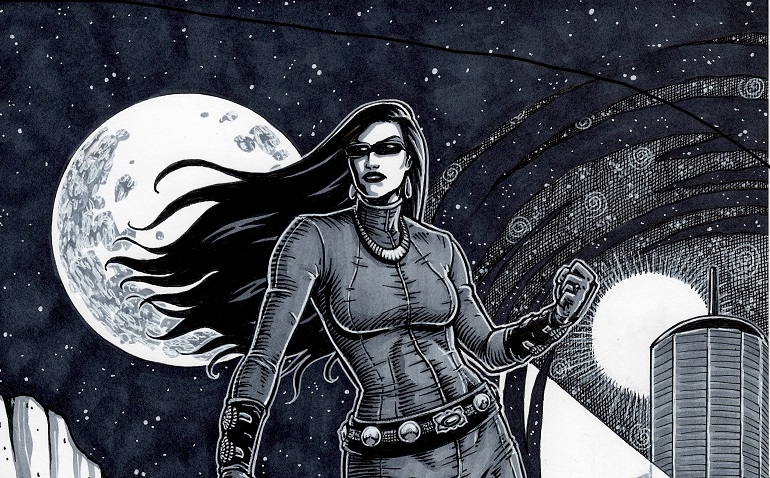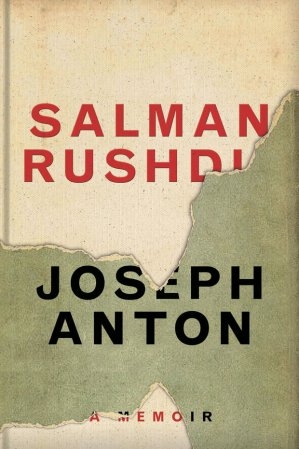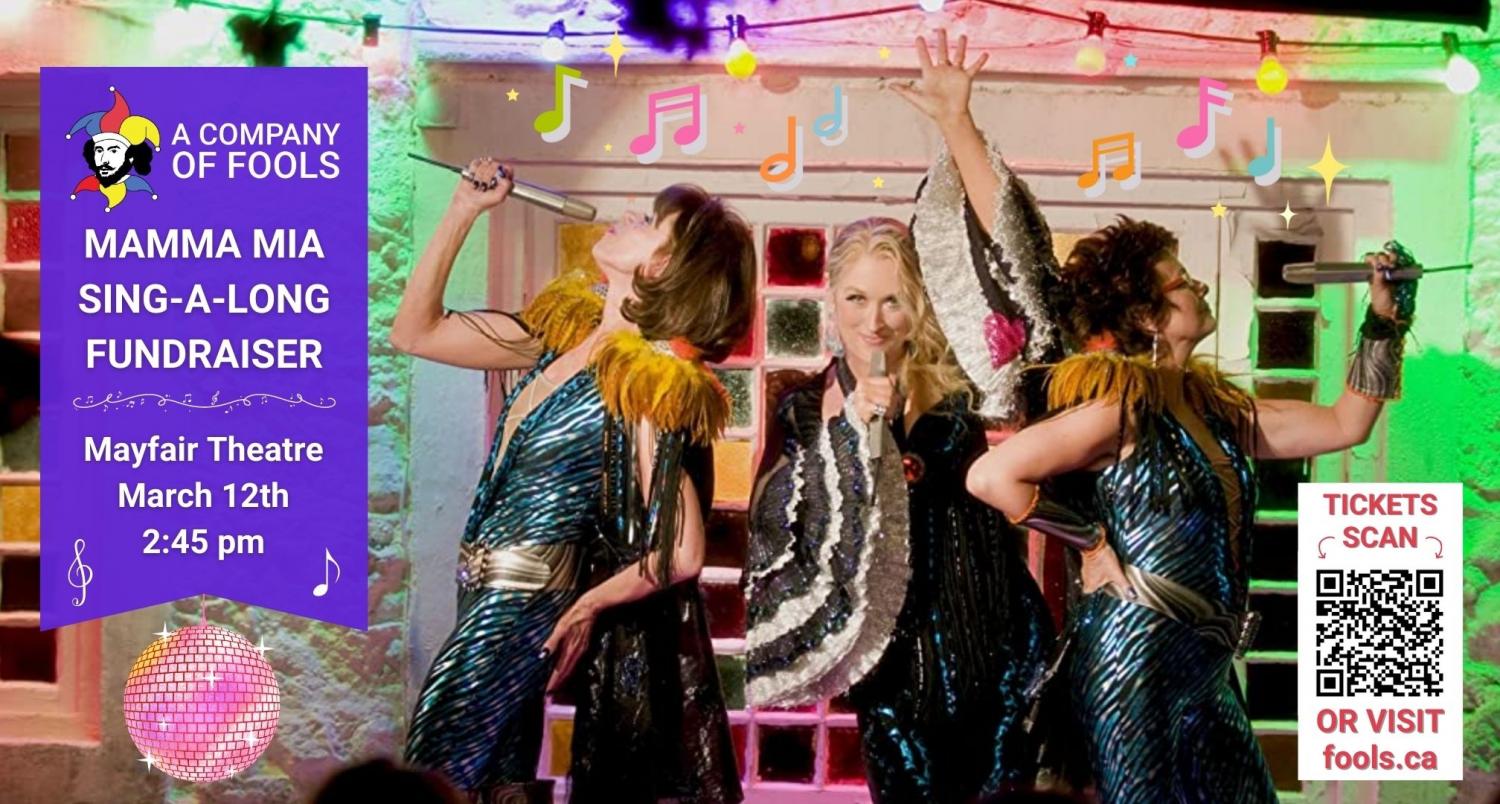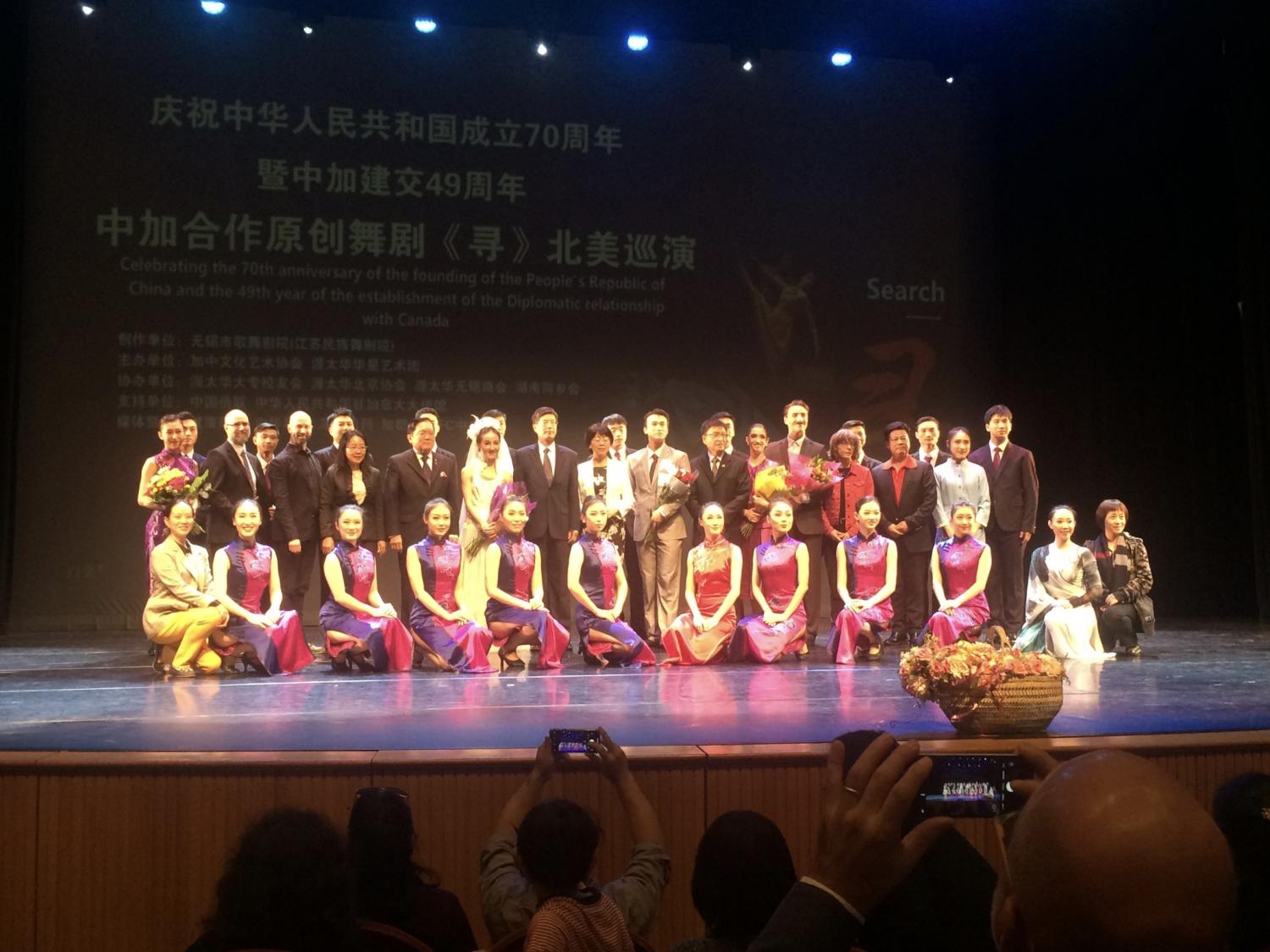
It’s a Raven! It’s a Plane!
Perhaps the absence of sincerity is the most common pitfall of pop art. In the exploration of culture through kitsch, oftentimes the art piece will contain some sense of wry irony, but does not effectively direct its audience towards any greater societal truth. At its best, pop art entertains the audience before drawing them into a new perception of the society that they live in. Examples of effective pop art are Andy Warhol’s Electric Chair series or, now on exhibition at Ottawa’s City Hall, When Raven Became Spider.
Part of the Ottawa Art Gallery’s Out There exhibition series, When Raven Became Spider presents aboriginal issues, ideals and stories in an engaging, Technicolor display. Every culture tells stories of the supernatural, of the fantastic. In the West, these tales are of the Death Star, heroes and villains dressed up in skin-tight costumes; in Indigenous culture, they are of the Eagle, the Bear, the Coyote, the Raven. When Raven Became Spider combines the two.
When Raven Became Spider presents the work of six Aboriginal Artists that give their heritage new voice through Western pop culture. It includes Sonny Assu’s comic book representations of Indigenous super-beings, painted on traditional deer-hide drums; Elle-Maija Tailfeathers’ short film, A Red Girl’s Reasoning, a Tarantino-esque revenge story that engages the trend of violence against First Nations women; and Shaun Beyale’s drawings of Aboriginal superwomen, protecting their culture and communities from evil.
Raven curator writes, “While contemporary comic book superheroes tend to be simply characterized as good or evil… The complex super-heroic beings of Indigenous stories imply the possibility of self-transformation for individuals and communities alike.”
By combining the characters of Indigenous stories with flashy, comic book esthetics, When Raven Became Spider succeeds as a call to multiculturalism. What a culture considers fantastic often parallels that society’s ideal; by studying this, it brings about a paradoxical sense of diversity and unity. When Raven Became Spider asks the question, does representation of traditional spirits through the lens of kitsch lead to the deterioration of the original truth? Will their stories lose meaning if they are portrayed through the medium of pop culture? Absolutely not: instead, the Indigenous artists on display give their traditional stories a sense of renewal that will engage every audience, no what their idea of a superhero might be.
When Raven Became Spider is on display at the OAG.








